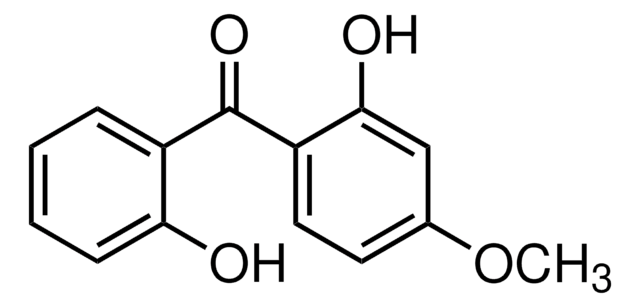348082
Potassium dichloroacetate
98%
Synonym(s):
Dichloroacetic acid potassium salt
About This Item
Recommended Products
Assay
98%
form
powder, crystals or chunks
reaction suitability
core: potassium
mp
200 °C (dec.) (lit.)
SMILES string
[K+].[O-]C(=O)C(Cl)Cl
InChI
1S/C2H2Cl2O2.K/c3-1(4)2(5)6;/h1H,(H,5,6);/q;+1/p-1
InChI key
KDGSZJXXQWMOKP-UHFFFAOYSA-M
Application
- Suppressing Residual Lead Iodide and Defects in Sequential-Deposited Perovskite Solar Cell via Bidentate Potassium Dichloroacetate Ligand: Introduces potassium dichloroacetate to passivate residual lead iodide defects in perovskite solar cells, enhancing their efficiency and stability (Y Yang, J Liang, Z Zhang, C Tian, X Wu, 2022).
Signal Word
Warning
Hazard Statements
Precautionary Statements
Hazard Classifications
Eye Irrit. 2 - Skin Irrit. 2 - STOT SE 3
Target Organs
Respiratory system
Storage Class Code
11 - Combustible Solids
WGK
WGK 3
Flash Point(F)
Not applicable
Flash Point(C)
Not applicable
Personal Protective Equipment
Certificates of Analysis (COA)
Search for Certificates of Analysis (COA) by entering the products Lot/Batch Number. Lot and Batch Numbers can be found on a product’s label following the words ‘Lot’ or ‘Batch’.
Already Own This Product?
Find documentation for the products that you have recently purchased in the Document Library.
Customers Also Viewed
Our team of scientists has experience in all areas of research including Life Science, Material Science, Chemical Synthesis, Chromatography, Analytical and many others.
Contact Technical Service











